William Loxley’s lively account of ‘Bloomsbury, the Blitz and Horizon magazine’ begins with W.H. Auden and Christopher Isherwood emigrating to the United States in January 1939 and ends with George Orwell dying in University College Hospital in January 1950. Between these two events Loxley explores the often interconnected professional and personal lives of a number of British writers, publishers and editors — principally Orwell, Leonard and Virginia Woolf, Cyril Connolly, Stephen Spender, John Lehmann and Dylan Thomas — during the second world war and its immediate aftermath.
Faced with criticism in both public and private for his and Auden’s ‘defection’, Isherwood attempted in January 1940 to justify his action to Spender by writing: ‘I believe that the future of English culture is in America, and that the building of the future will be assisted by the largest possible cultural emigration.’ Spender was unimpressed, and replied: ‘As long as England exists and is having a history, it is quite absurd to talk about culture emigration… Culture isn’t something which is quite separate from the lives of people.’ A belief in the indivisibility of culture and people’s lives was embodied in both Connolly’s newly launched magazine Horizon, of which Spender was an editor, and John Lehmann’s New Writing, with which he had a more tenuous and tricky relationship.
‘Horizon is out; small, trivial, dull. So I think from not reading it,’ Virginia Woolf wrote of the first issue. But the magazine quickly acquired a high reputation, with regular contributions from many of the leading writers of the day. Lehmann’s New Writing, in its various incarnations but especially as the cheap Penguin New Writing, was more self-consciously democratic, and published major writers alongside the work of ‘ordinary’ people serving in the forces.
There is little doubt that both publications did a good deal to boost morale among the reading public (the first issue of PNW sold 80,000 copies), but neither was officially recognised as contributing to the war effort. They boosted the morale of their contributors too. Loxley notes that while painters might be recruited by Kenneth Clark to become official war artists, no similar scheme was available to writers, who were expected instead to work in a ministry and ‘sell themselves as bureaucrats, to be recognised as having any value whatsoever’.
London itself could be said to be the other major character in Writing in the Dark, which is particularly good at describing buildings, both ruined and surviving, so that members of the large cast are located solidly and vividly in their homes and offices. Connolly saw parallels between the physical state of London and its intellectual mood when he wrote of himself:
As an editor, he was struggling against propaganda (the genial guidance of thought by the state which undermines the love of truth and beauty); as a Londoner, he was affected by the dirt and weariness, the gradual draining away under war conditions of light and colour from the former capital of the world.
Virginia Woolf had no time for Connolly, and Lehmann was the principal link between Bloomsbury and the younger generation of writers. As well as editing his own magazine and working for the ministry of information, he was the managing director of the Woolfs’ Hogarth Press between 1938 and 1946. He endured frequent battles with the stubborn, protective and commercially indifferent Leonard, but brought numerous fine writers to the Press, including Isherwood and Henry Green. Like Spender, Green had served with the auxiliary fire service, and Caught (1943), his book about his experiences, is one of the great Blitz novels. Among others whose work fixed wartime London in the imagination, it seems odd to have so little here on Elizabeth Bowen, who was both a friend of Connolly and a contributor to Horizon. But it is very heartening to see William Sansom (another Hogarth author) properly acknowledged.
Loxley’s title refers not only to the blackout but to attempts by authors to find new ways of writing at a time when the anti-fascist struggle of the 1930s, which had provided an impetus for their work, had been taken over by the armed forces, whose ‘engagement’ was rather less metaphorical. Spender had written that, despite its horrors, the Spanish Civil War had ‘aroused hope all over the world’; but, as Loxley observes, the only thing the second world war aroused on the home front was ‘the slow drip of tedious, edging progress and the gritting of teeth until the danger had passed’.
The best poetry to emerge from the war, including (Loxley argues) that of Spender and Dylan Thomas, was similarly unlike that of the first world war. In 1942 Horizon published ‘The Burning of the Leaves’ by Laurence Binyon, the author of ‘For the Fallen’, one of the best known poems of the earlier conflict. Although unexpected, it seems altogether appropriate that this very different poem, which finds the poet ‘Searching a strange world for he knows not what/ Among haphazard stone and crumbled brick’, was judged by Connolly the best the magazine had ever published.
Got something to add? Join the discussion and comment below.
Get 10 issues for just $10
Subscribe to The Spectator Australia today for the next 10 magazine issues, plus full online access, for just $10.
You might disagree with half of it, but you’ll enjoy reading all of it. Try your first month for free, then just $2 a week for the remainder of your first year.

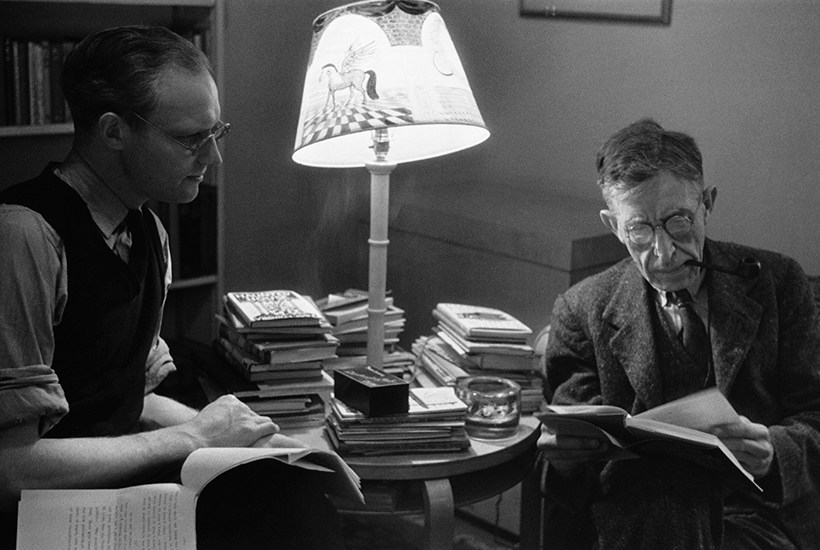
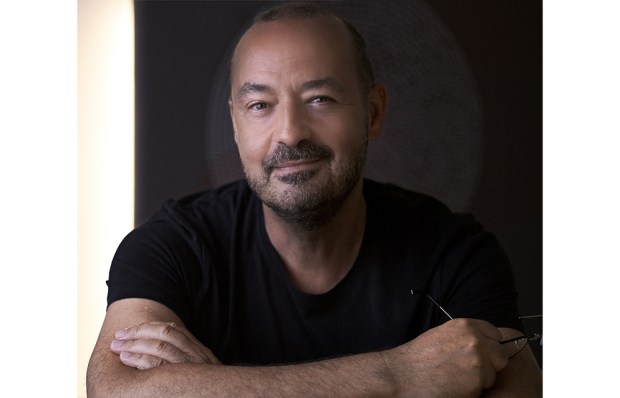
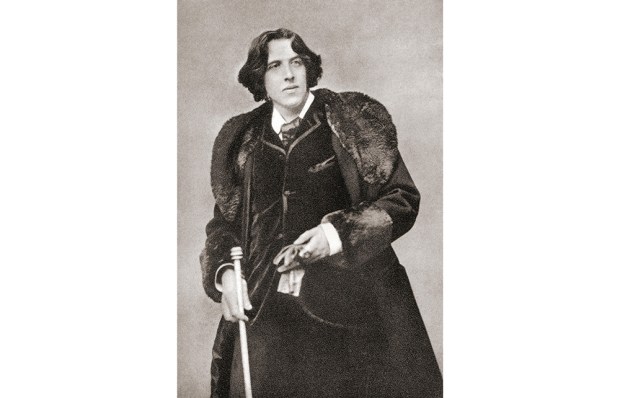
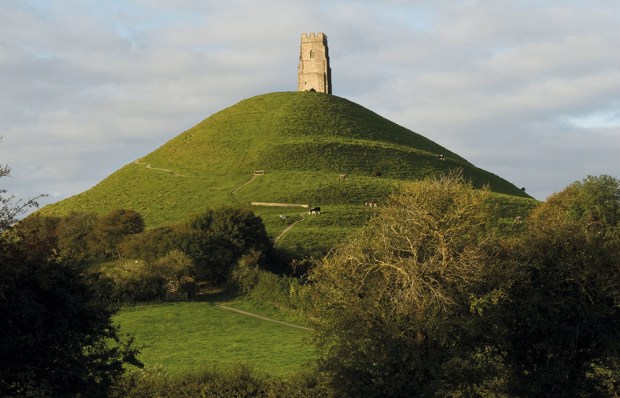
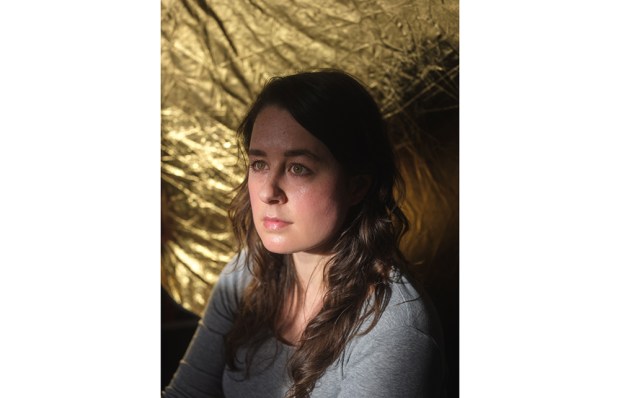
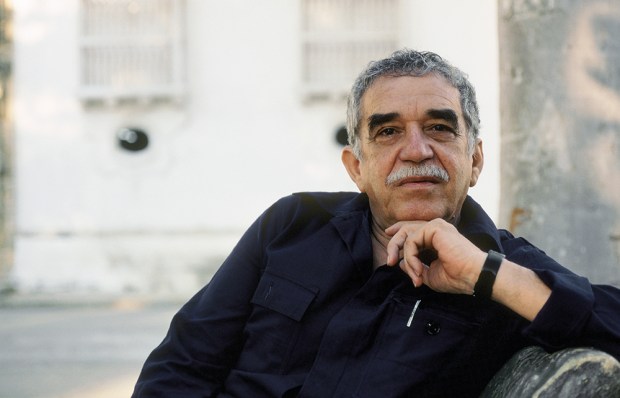
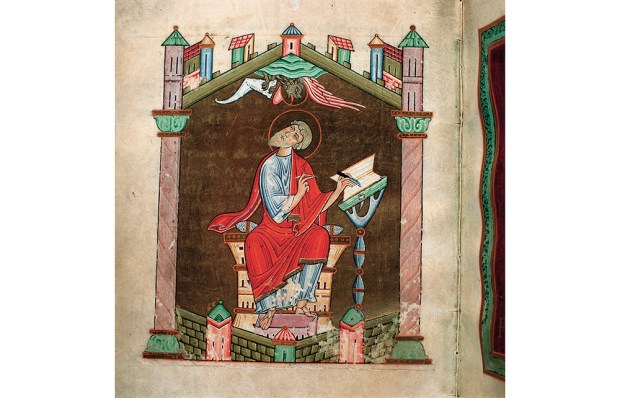






Comments
Don't miss out
Join the conversation with other Spectator Australia readers. Subscribe to leave a comment.
SUBSCRIBEAlready a subscriber? Log in